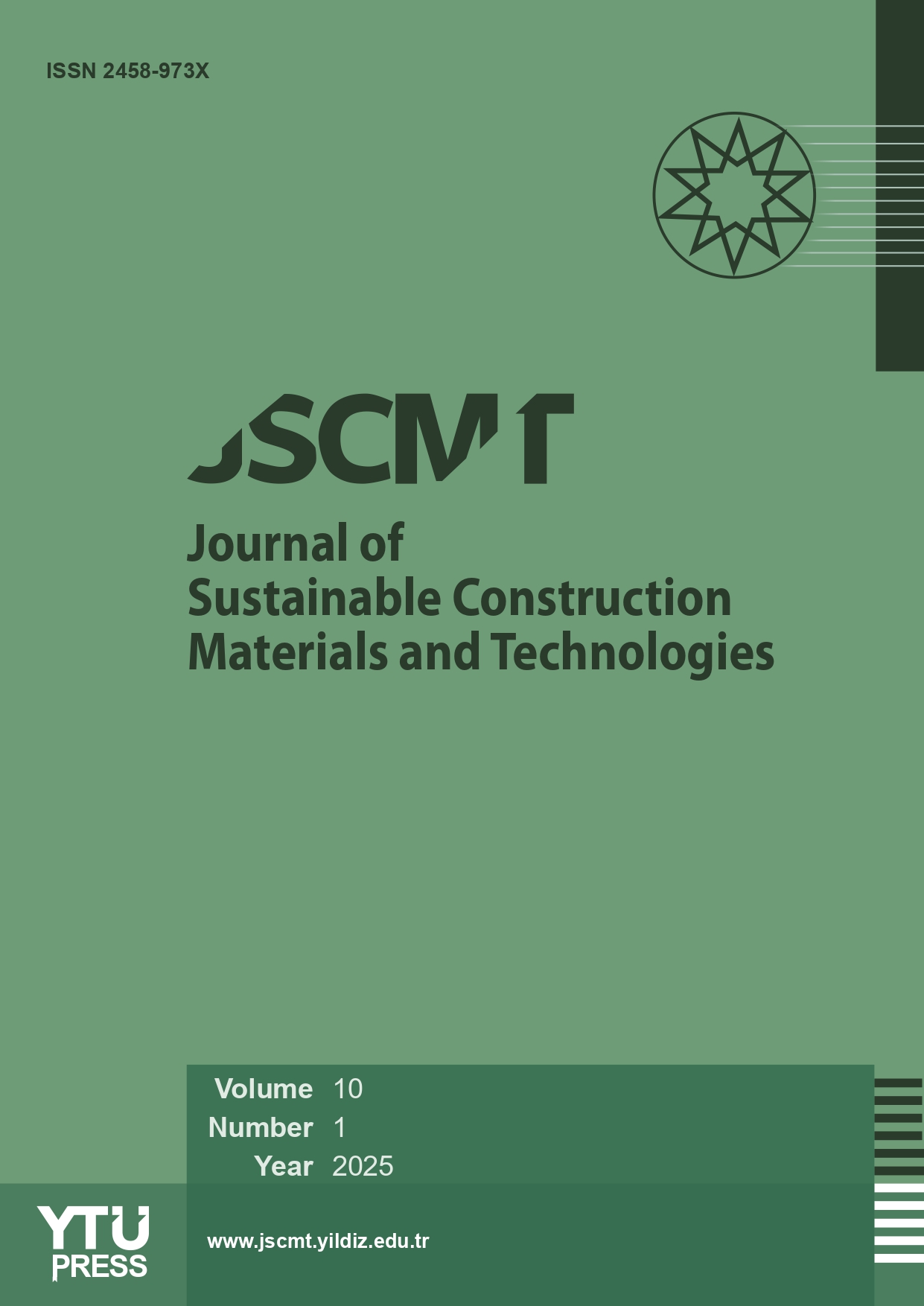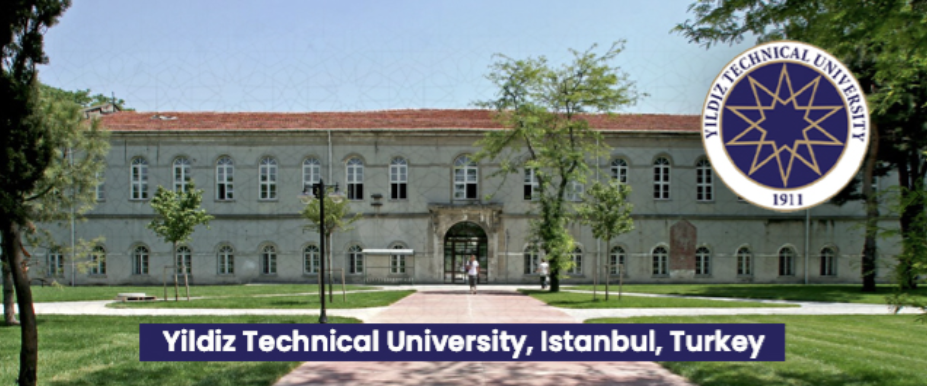2University of Nebraska-Lincoln, The Peter Kiewit Institute, Omaha, NE 68182, United States
Abstract
Concrete is the corner stone of the construction industry and the second largest material being used after water. The growth of the
construction industry and an increasing awareness of the environmental impact of human activity has accelerated the
development of environment friendly solutions in concrete production and construction. Through the production of concrete and
its constituents, varying amounts of CO2 are emitted into the atmosphere. In this study, a user-friendly Life Cycle Impact (LCI)
model for concrete was developed. The user-friendly LCI model for concrete was developed based on the literature, which can be
used for a constituent comparative analysis. This study demonstrates the practicality of a user-friendly LCI model by comparing
the LCI of different concrete compositions that contain Fly Ash (FA) and Recycled Concrete Aggregate (RCA). Although this
study focused mainly on the environmental impact of FA and RCA, the model was designed to analyze the impact of any
conventional concrete mixture and a mixture with any combination of added or replaced constituents. The major benefit of the
developed user-friendly LCI model is that it is a simple model that can be used by practically anyone in the concrete construction
industry to assess and evaluate the impact of any concrete mixtures. Providing the industry with a user-friendly model that
requires little time can drastically benefit practitioners in better access to environment impact of different concrete mixtures.















